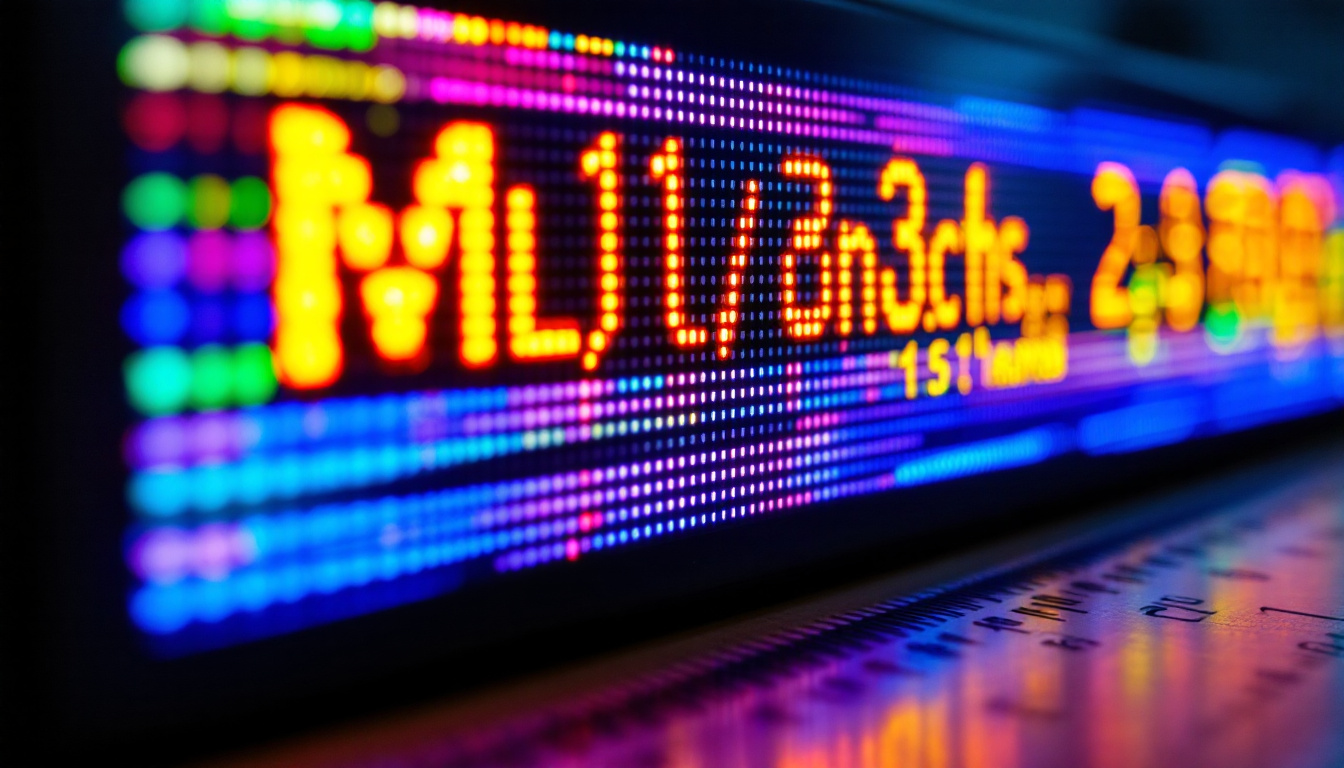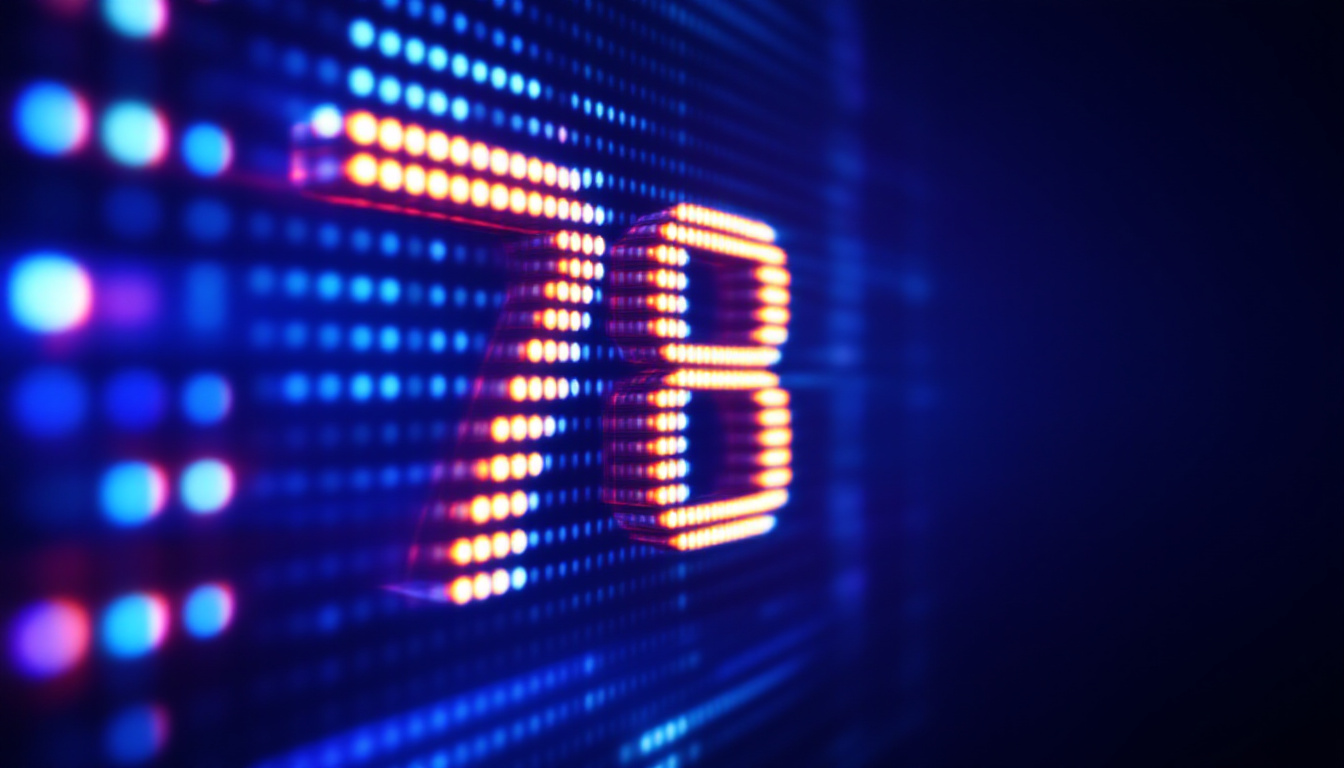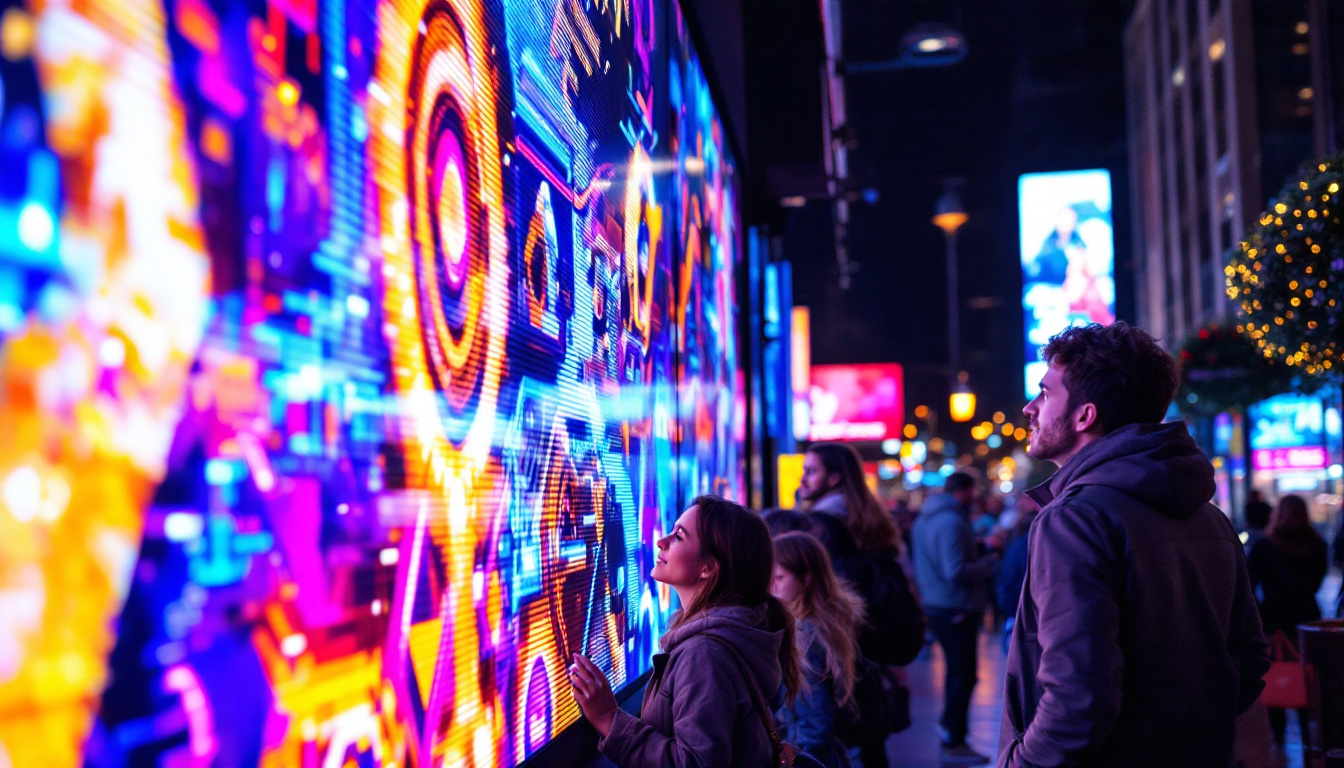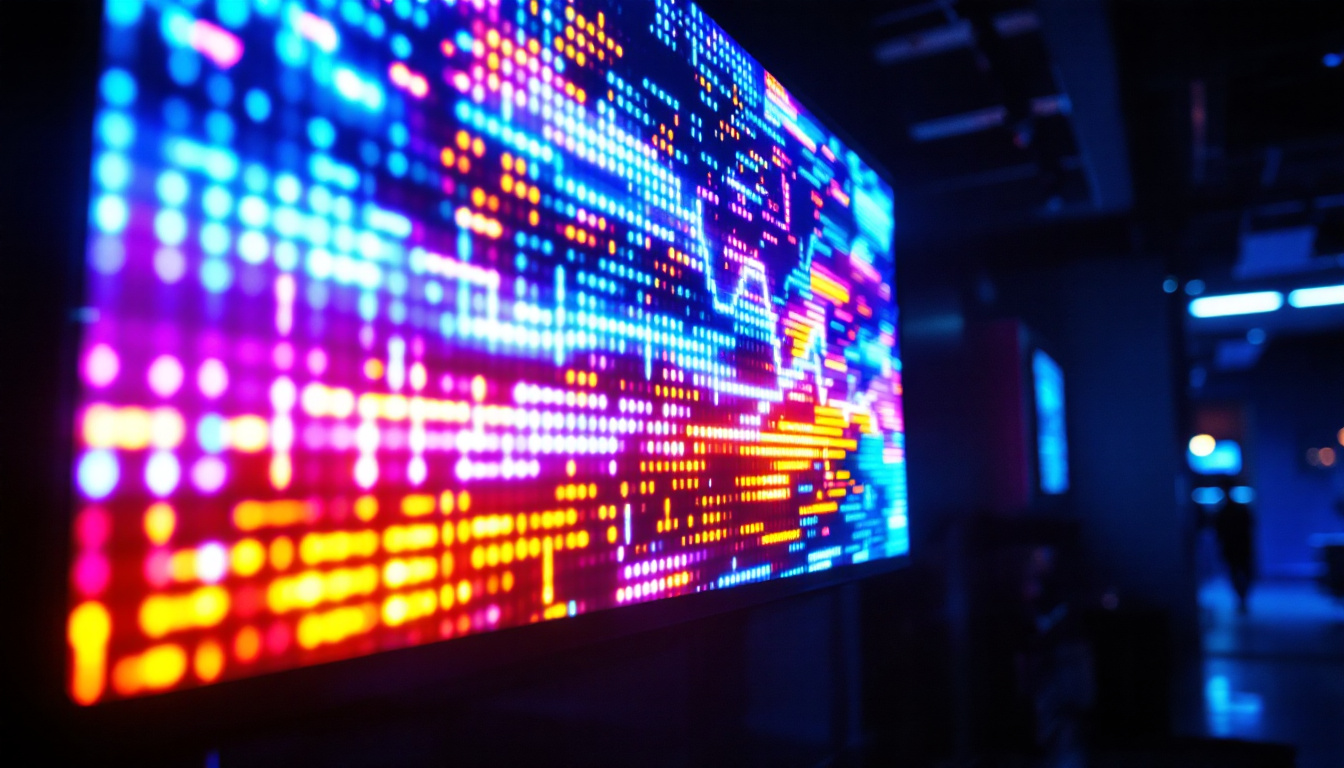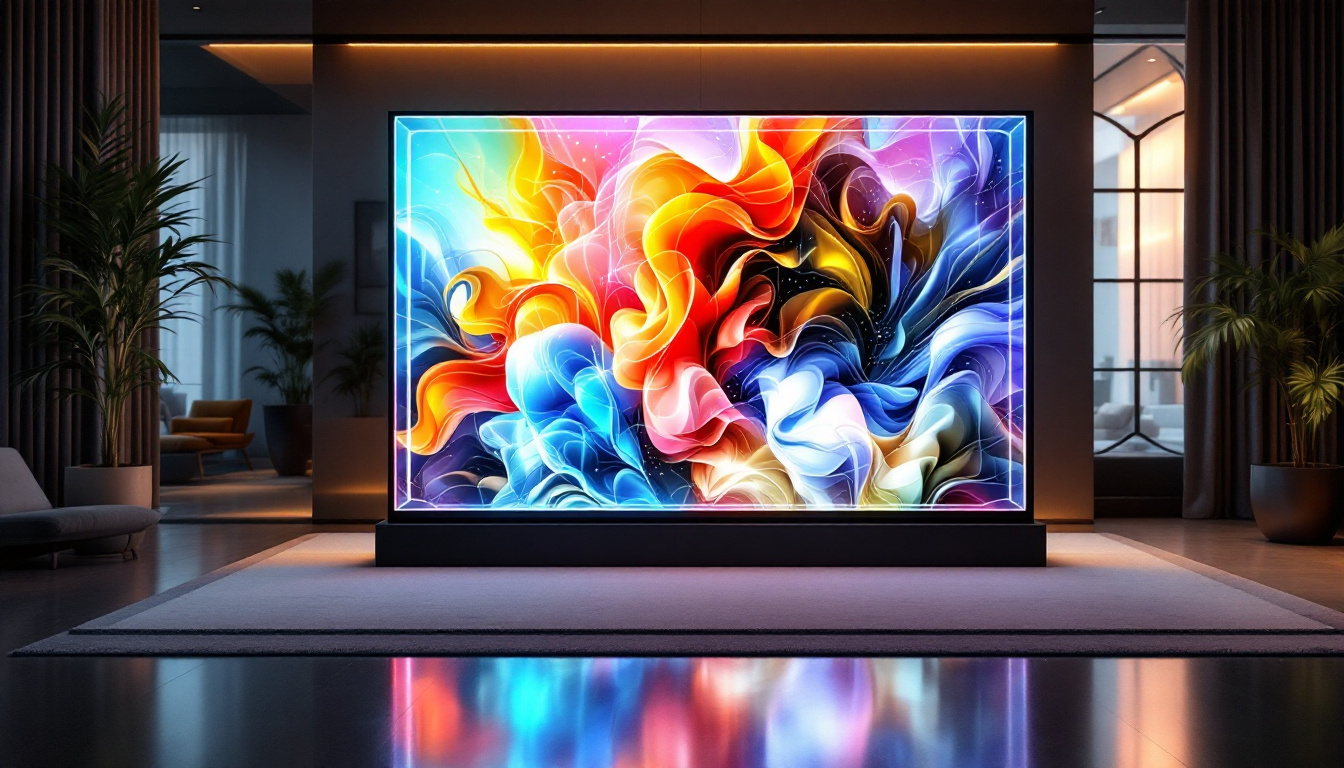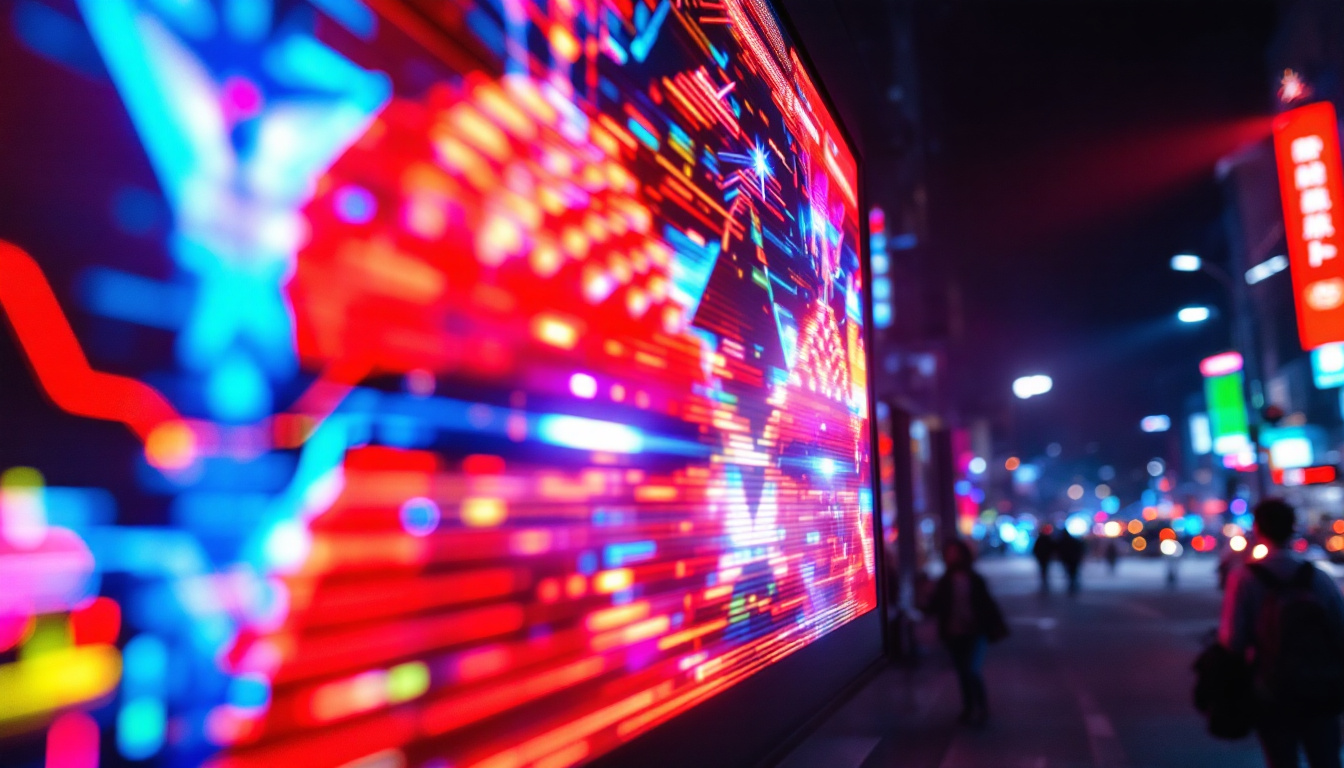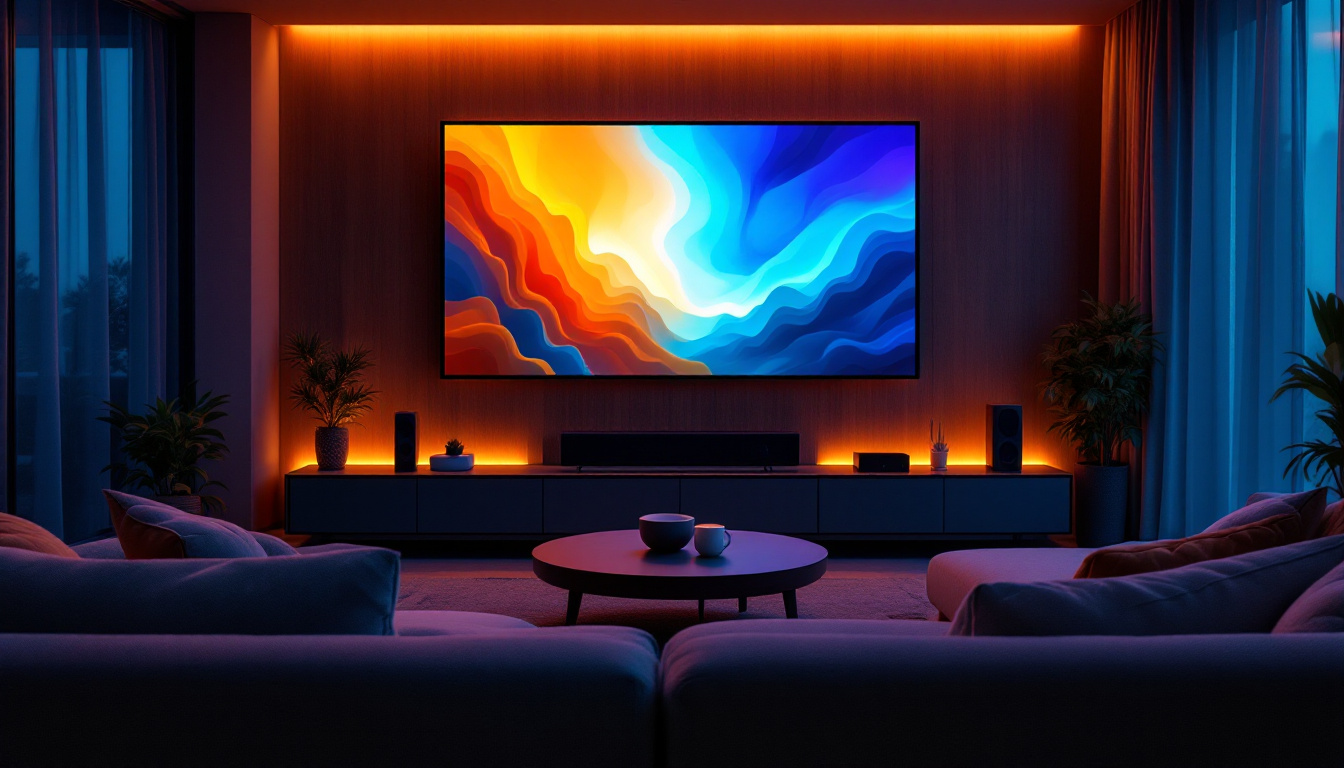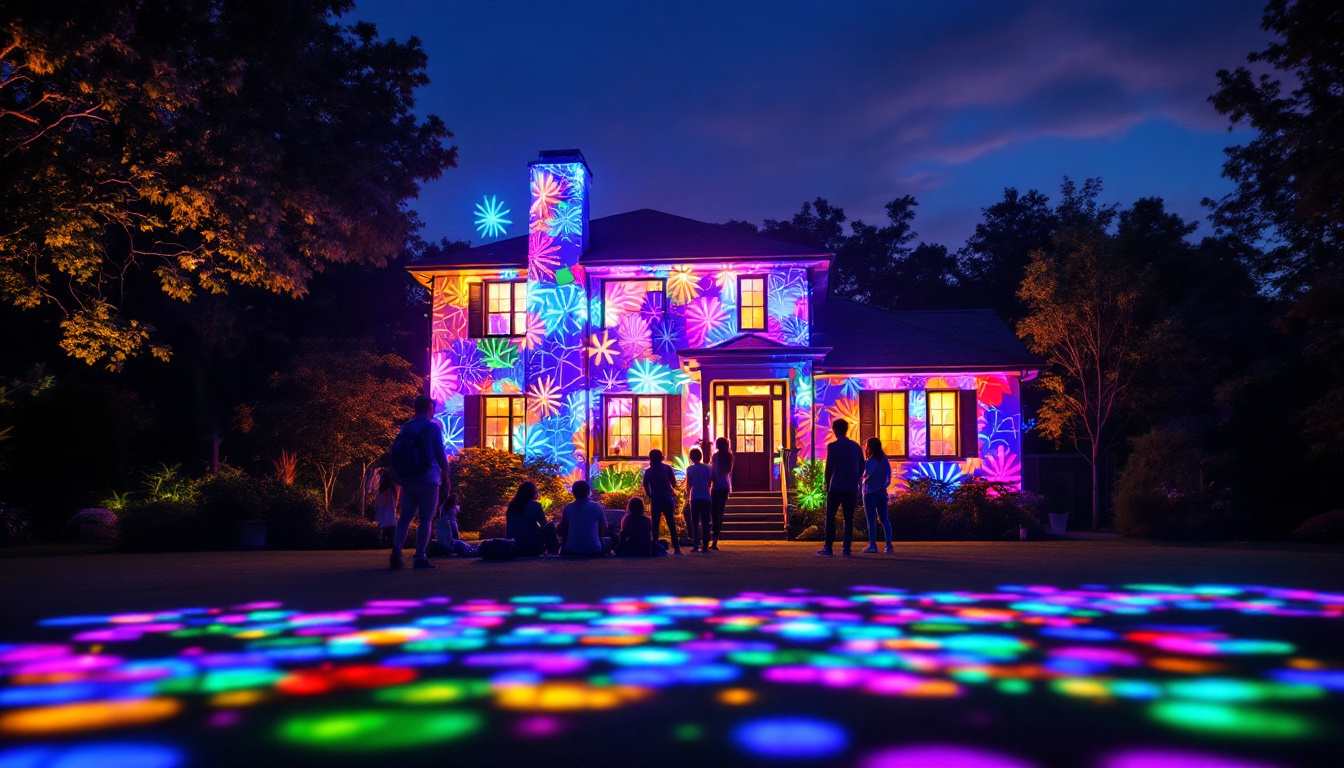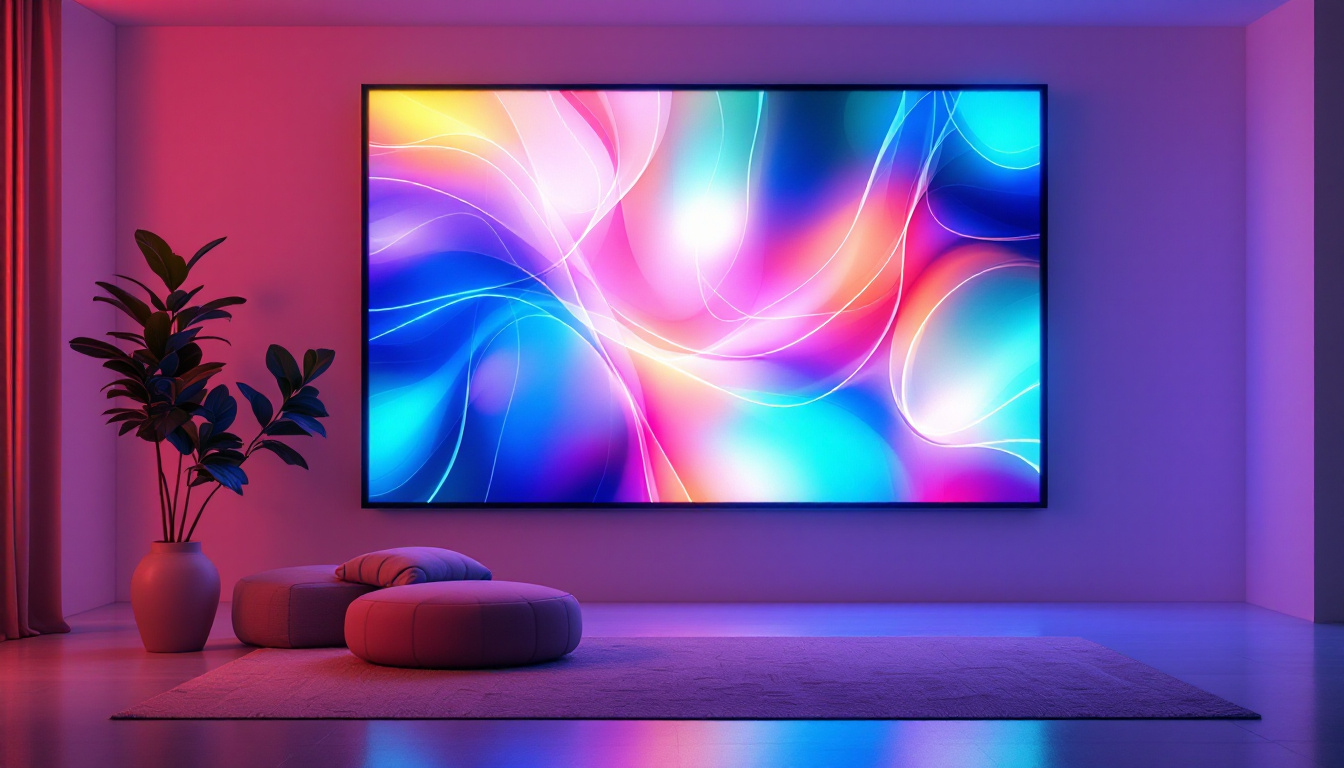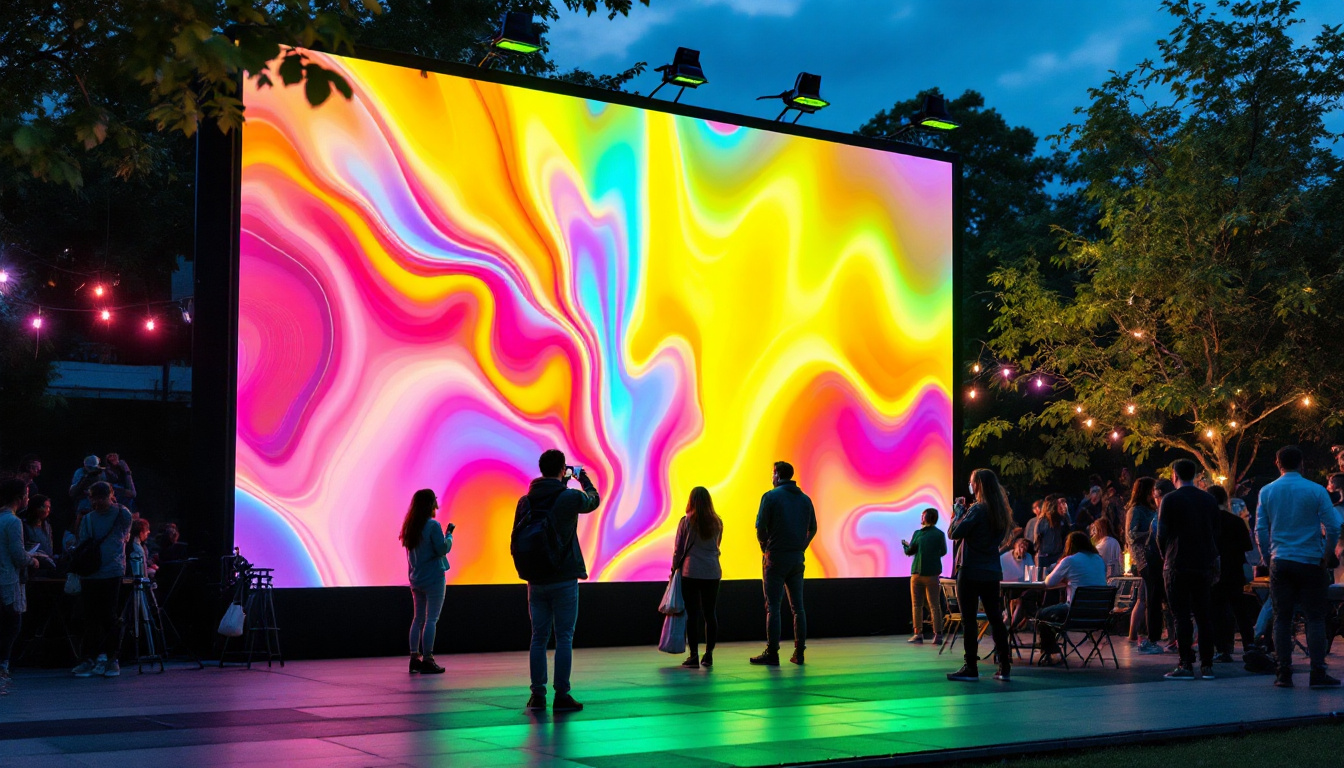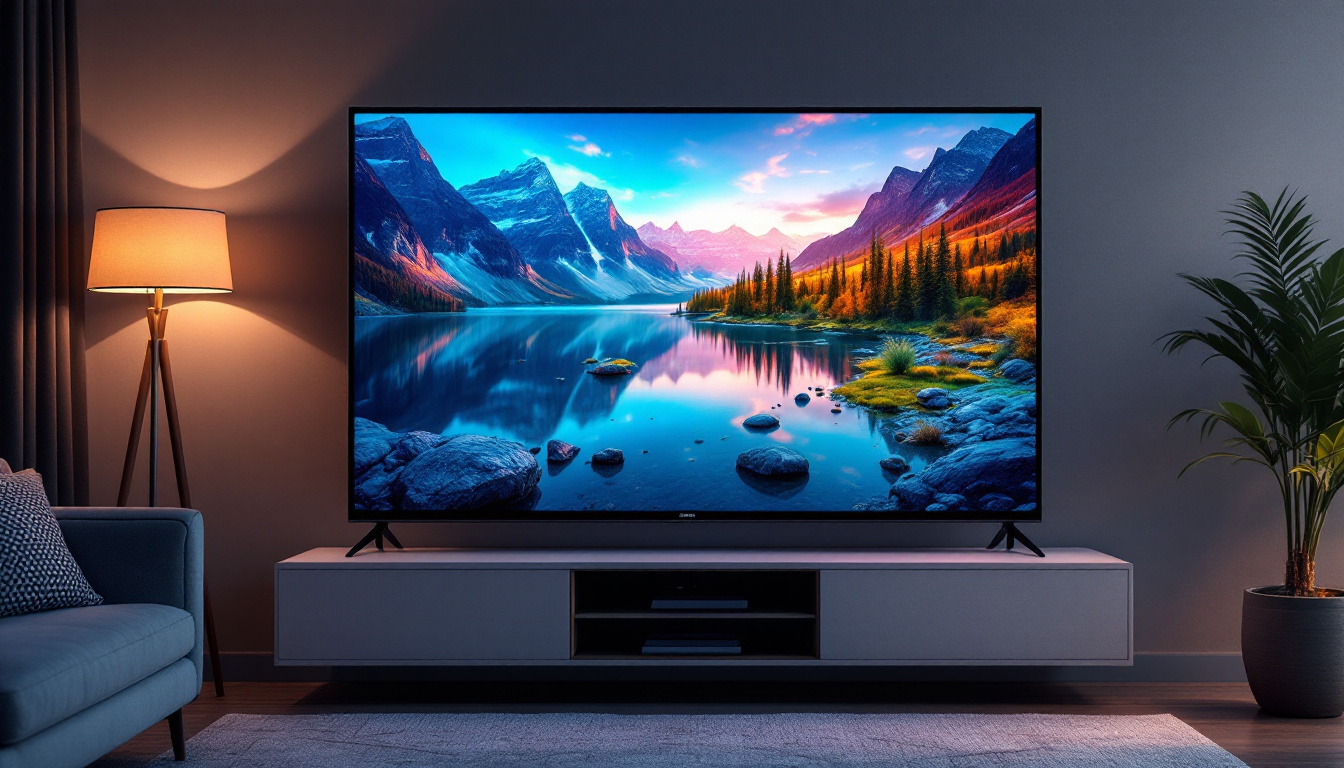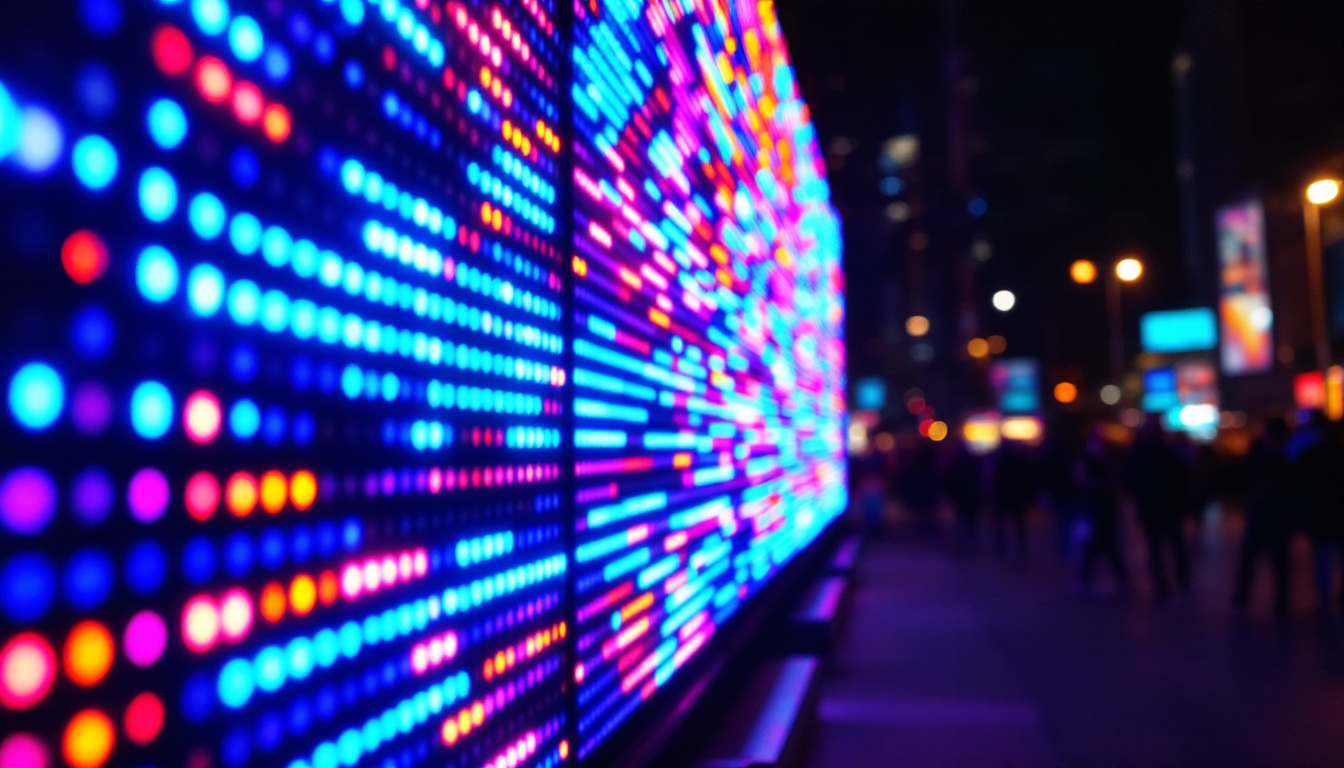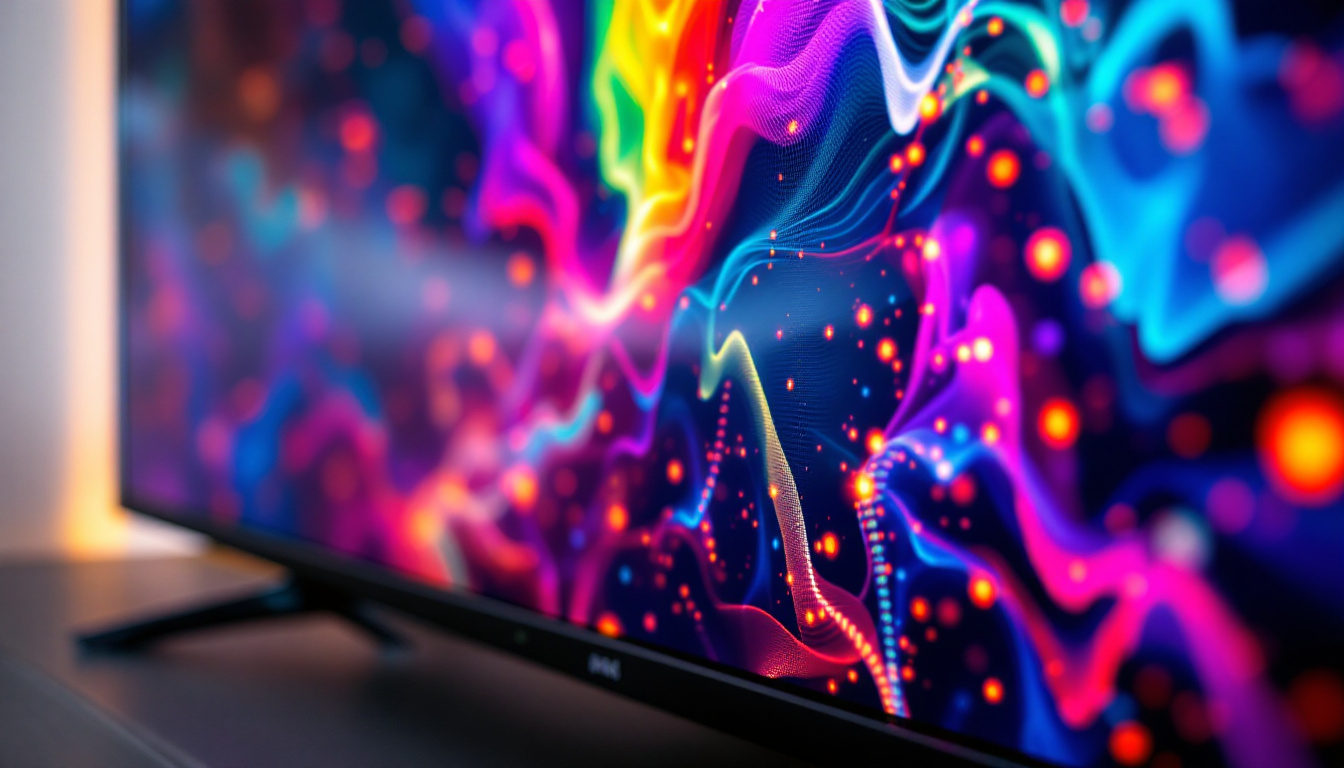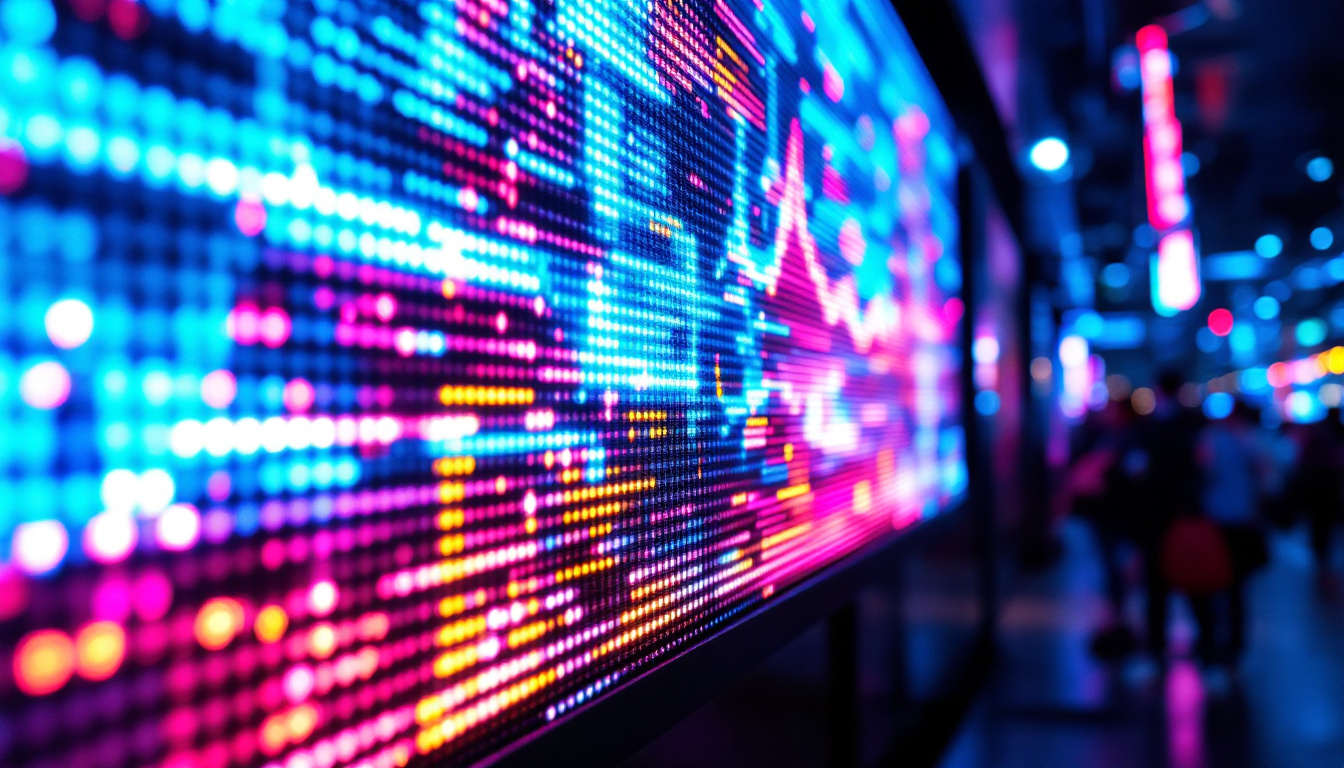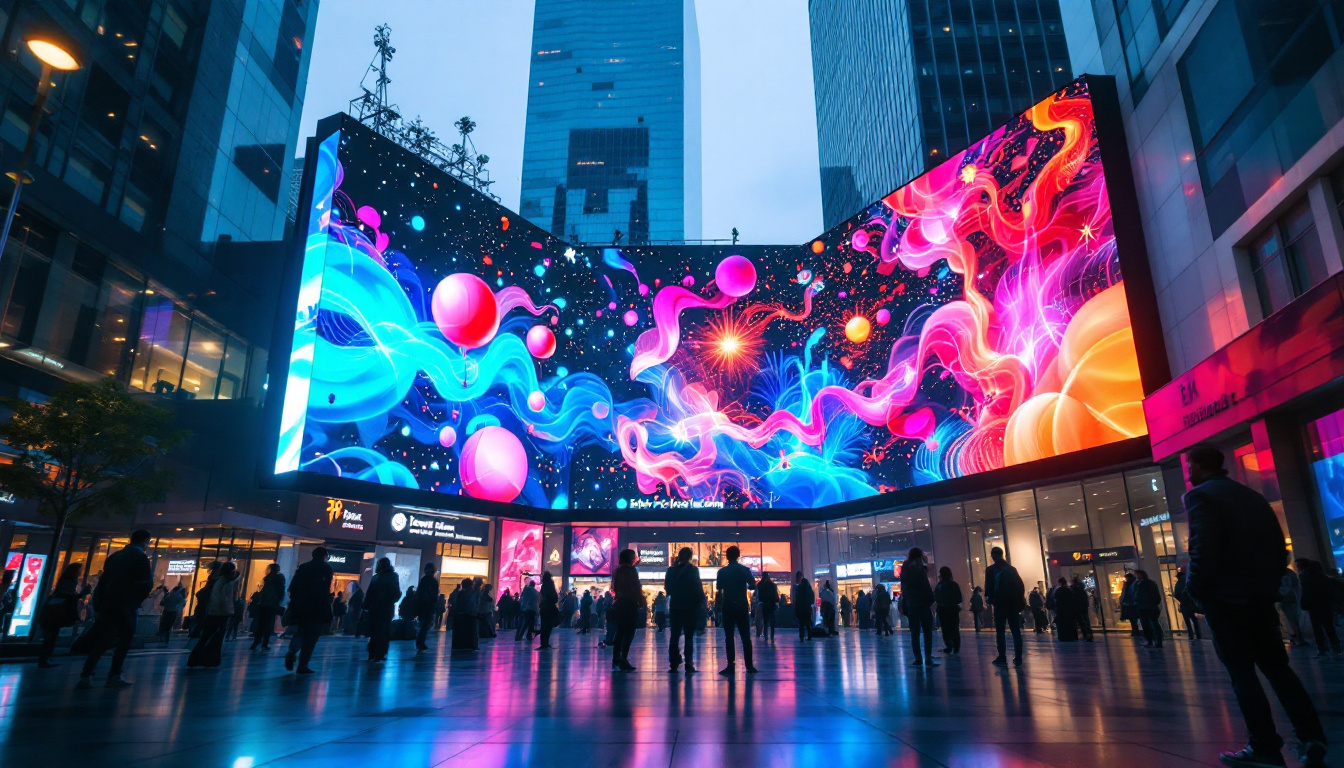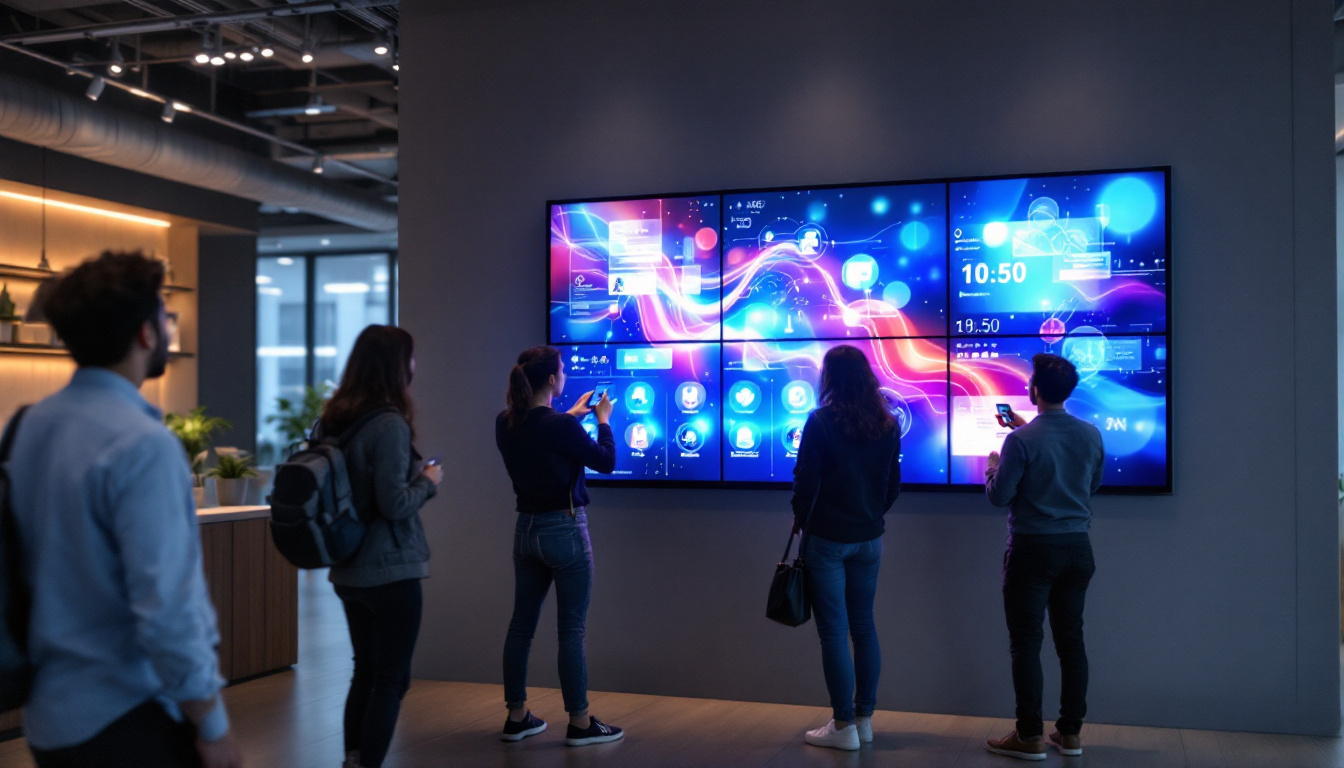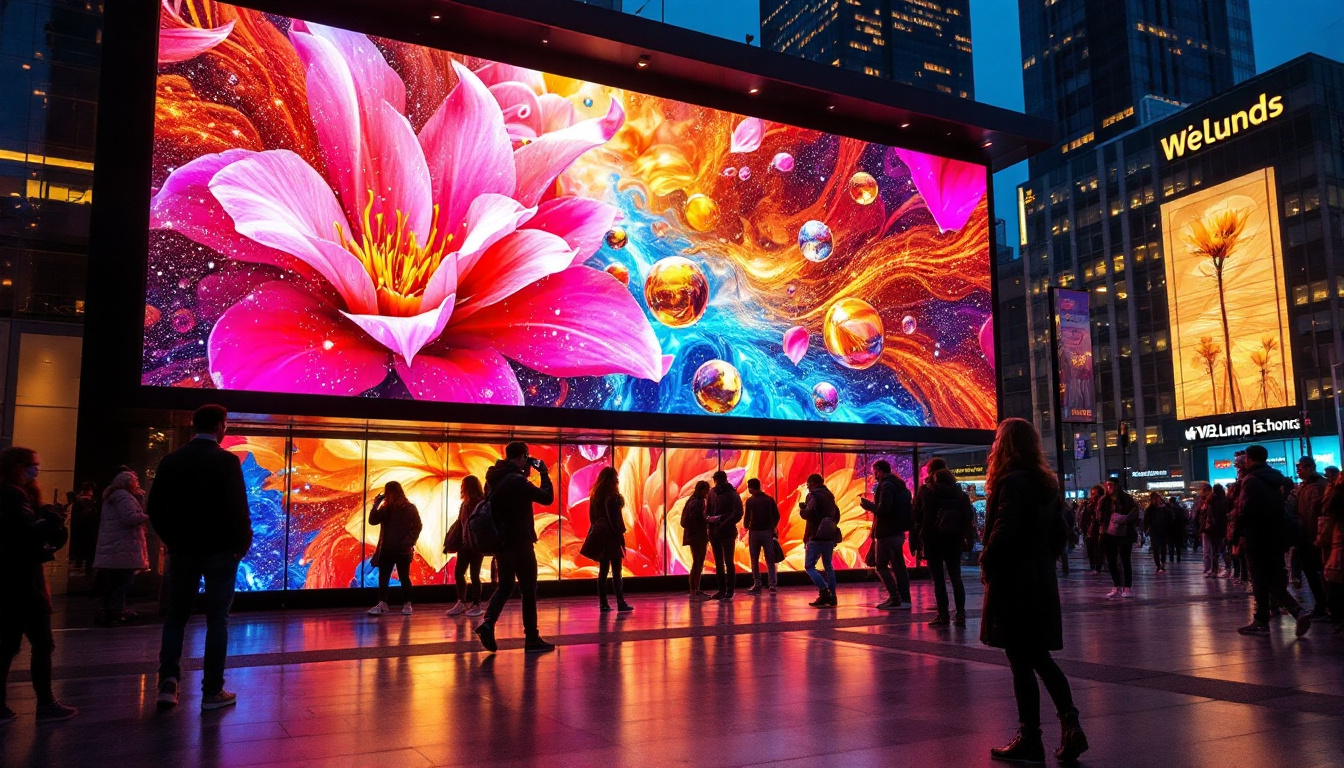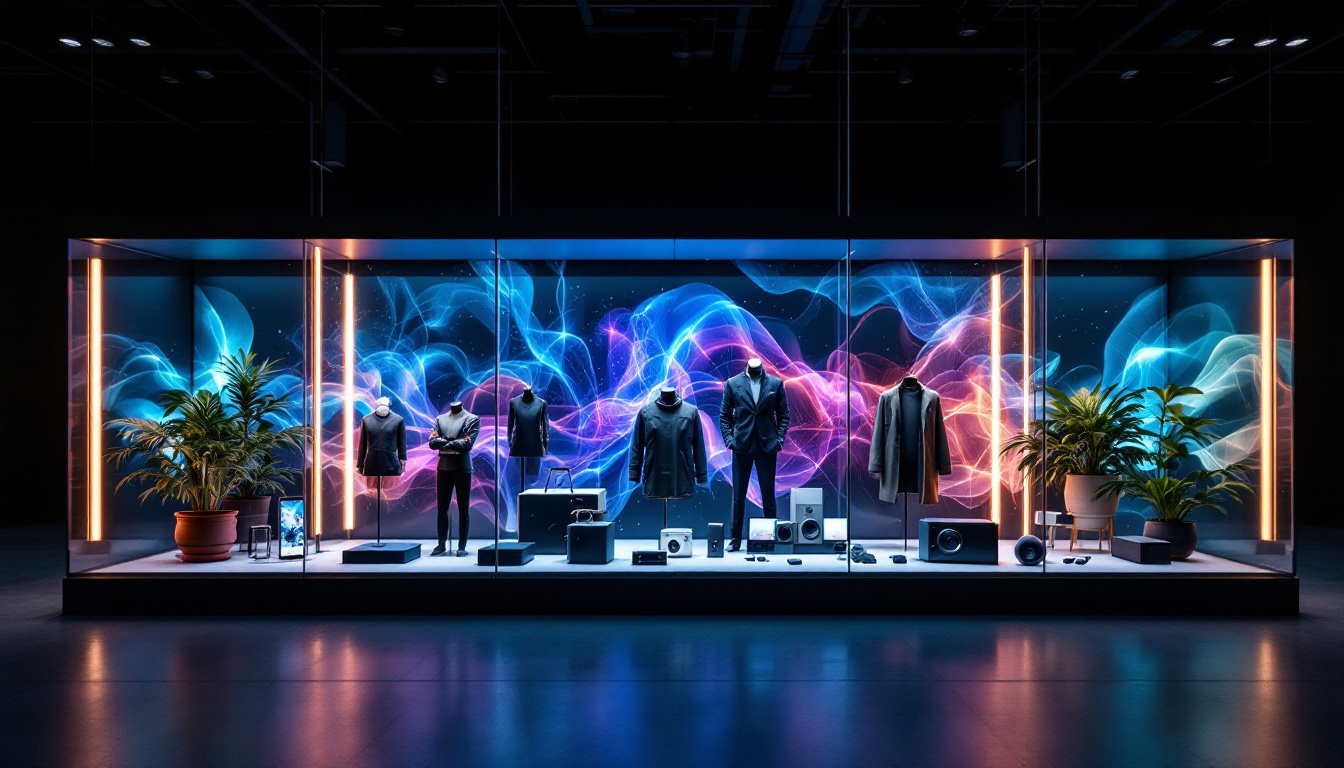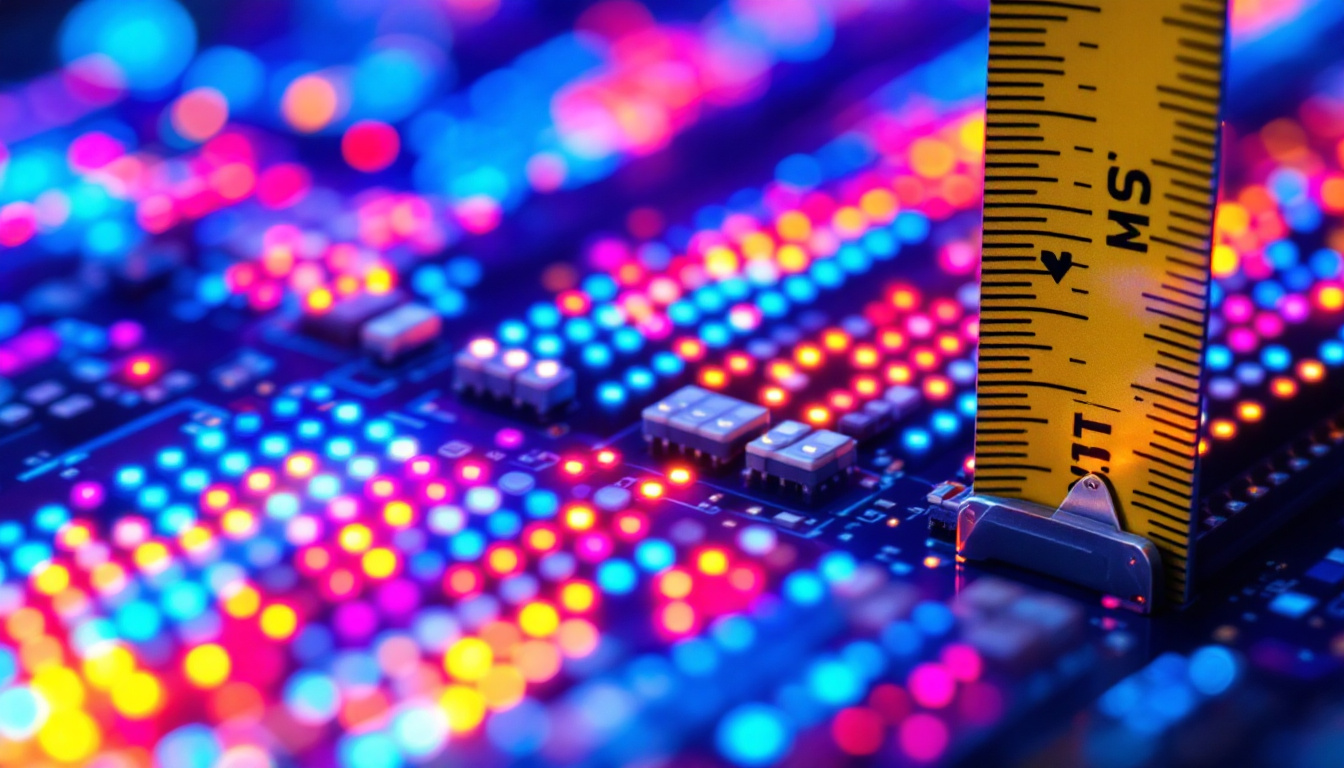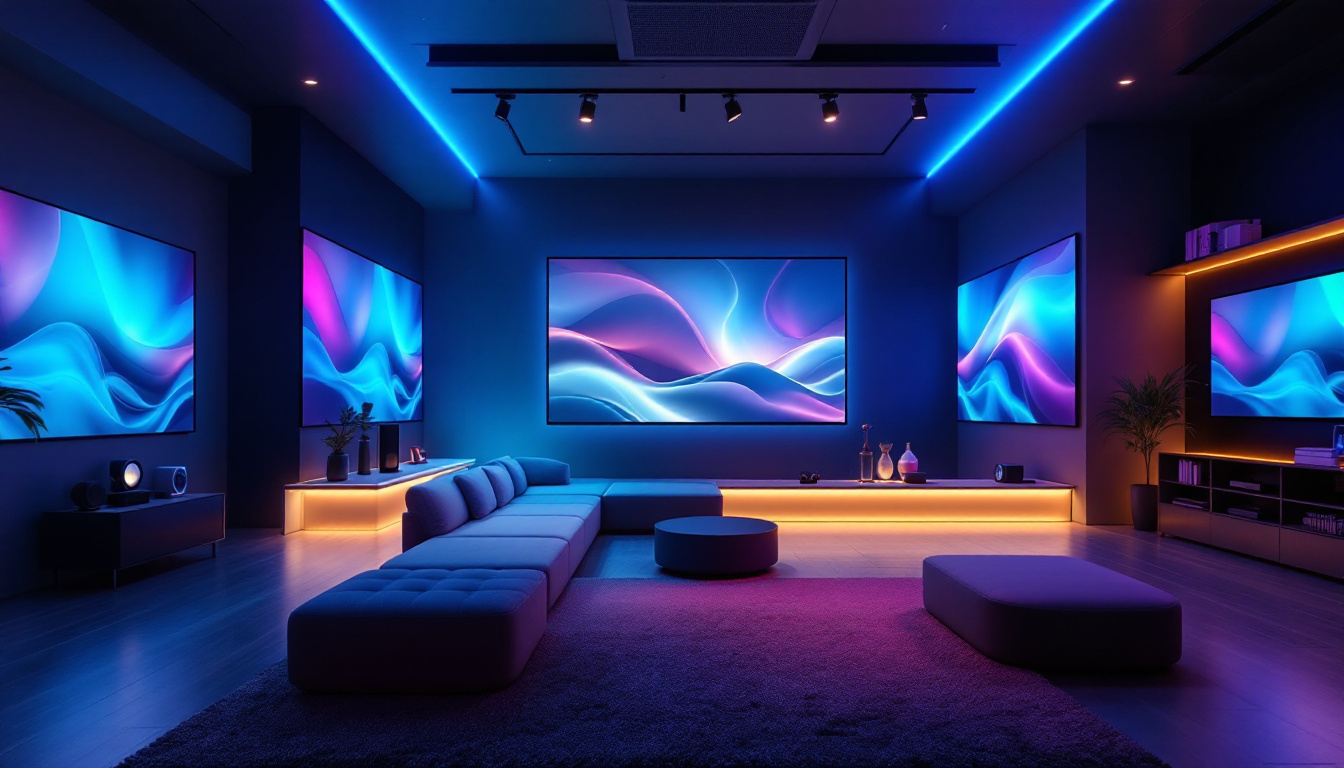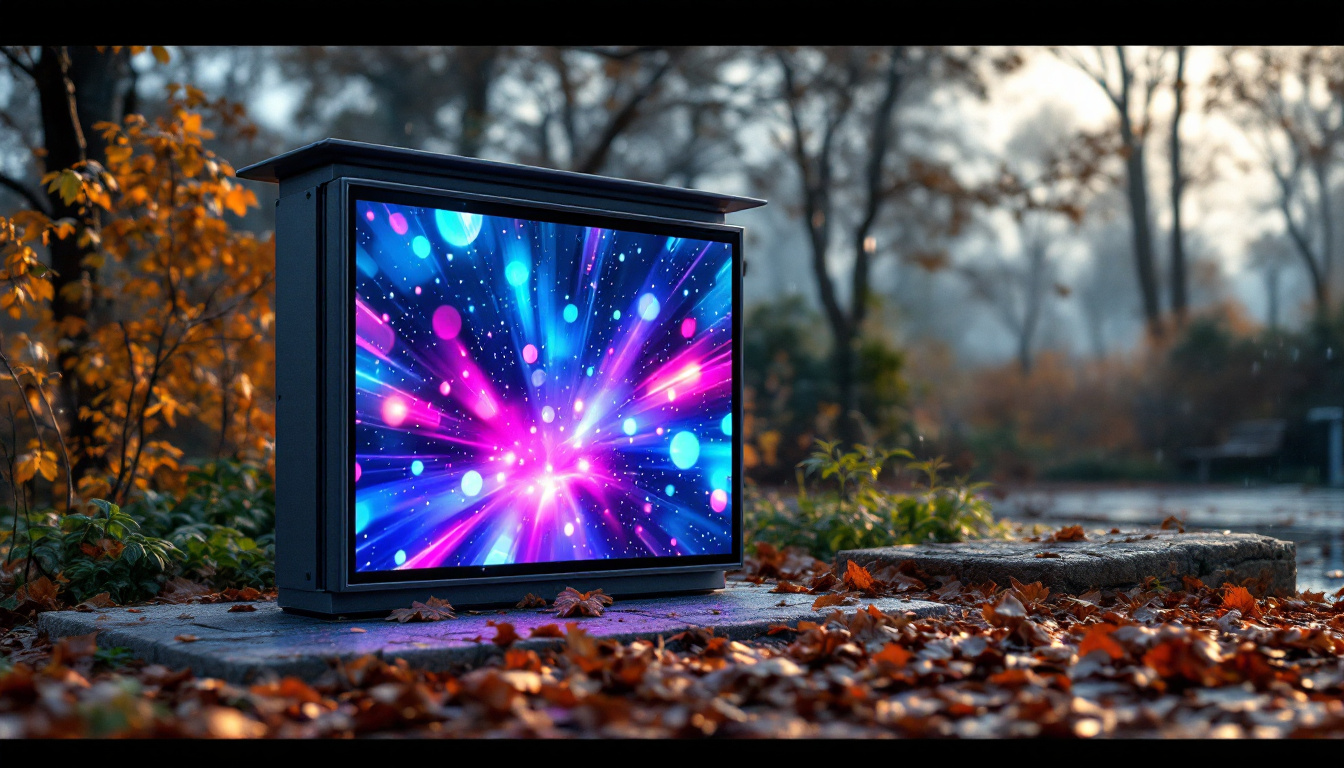In the realm of modern technology, displays play a pivotal role in how information is conveyed and experienced. Among the various types of display technologies, OLED (Organic Light Emitting Diode) and LED (Light Emitting Diode) displays are two of the most prominent. This article will delve into the intricacies of LED displays, exploring their functionality, advantages, and the differences between LED and OLED technologies.
Understanding LED Display Technology
LED displays have become a staple in various applications, from televisions and computer monitors to large-scale advertising billboards. At their core, LED displays utilize light-emitting diodes to produce images. Unlike traditional LCD screens that require a backlight, LED displays generate their own light, resulting in vibrant colors and high contrast ratios. This self-illuminating feature not only enhances the viewing experience but also contributes to energy efficiency, making LED technology a preferred choice in modern display solutions.
The Mechanics of LED Displays
LED displays consist of an array of tiny diodes that emit light when an electric current passes through them. These diodes can be arranged in different configurations, such as RGB (Red, Green, Blue) to create a full spectrum of colors. The combination of these colors allows for the display of images and videos with remarkable clarity and brightness. Furthermore, advancements in LED technology have led to the development of features like dynamic range and color calibration, which enhance the visual experience even further.
In essence, each pixel in an LED display is made up of sub-pixels, which are the individual red, green, and blue diodes. By varying the intensity of each sub-pixel, the display can produce a wide range of colors. This pixel-based approach is what gives LED displays their sharpness and detail. Additionally, the rapid response time of LEDs contributes to smoother motion rendering, making them ideal for fast-paced content such as sports and action movies.
Types of LED Displays
There are several types of LED displays, each designed for specific applications. The most common types include:
- Direct View LED (DVLED): These displays use individual LEDs to create images directly, often seen in large outdoor screens and video walls.
- LED-backlit LCD: This type combines traditional LCD technology with LED backlighting, enhancing brightness and color accuracy.
- Mini LED: A newer technology that uses smaller LEDs for backlighting, allowing for better contrast and improved local dimming.
Each type has its unique advantages, making LED displays versatile for various uses, from consumer electronics to commercial applications. For instance, DVLED displays are particularly popular for concerts and events due to their ability to deliver bright visuals even in daylight, while mini LED technology is gaining traction in high-end televisions, providing viewers with deeper blacks and a more immersive experience. Moreover, the ongoing research into MicroLED technology promises even greater improvements, such as self-emissive capabilities in smaller form factors, paving the way for innovative applications in both personal and professional settings.
Advantages of LED Displays
LED displays offer numerous advantages that contribute to their popularity in the market. Understanding these benefits can help consumers make informed decisions when selecting display technology.
Energy Efficiency
One of the most significant advantages of LED displays is their energy efficiency. Compared to traditional LCDs and older display technologies, LED displays consume less power while providing superior brightness. This efficiency not only reduces energy costs but also contributes to a lower carbon footprint, making them an environmentally friendly choice. Furthermore, many LED displays now incorporate smart technology that allows for automatic brightness adjustments based on ambient light conditions, further optimizing energy use and enhancing user experience.
Brightness and Color Accuracy
LED displays are known for their exceptional brightness levels, making them suitable for various lighting conditions. Whether in a dimly lit room or under bright sunlight, LED displays maintain visibility and clarity. Additionally, the color accuracy of LED displays is impressive, allowing for vibrant and true-to-life images. This capability is particularly beneficial for professionals in fields such as graphic design and photography, where precise color representation is crucial. The wide color gamut offered by many LED displays ensures that users can see a broader range of colors, enhancing both creative projects and everyday viewing experiences.
Longevity and Durability
LED technology is inherently more durable than traditional display technologies. LED displays have a longer lifespan, often exceeding 50,000 hours of use. This longevity means less frequent replacements and lower maintenance costs, making them a wise investment for both consumers and businesses. Additionally, LED displays are less susceptible to screen burn-in and other common issues associated with older technologies, which can lead to a more reliable performance over time. Their robust construction also makes them ideal for outdoor use, where they can withstand harsh weather conditions without compromising on quality or performance.
Versatility and Design Flexibility
Another notable advantage of LED displays is their versatility and design flexibility. They can be manufactured in a variety of shapes and sizes, allowing for innovative installations that can fit any space or aesthetic. From large-scale video walls in public venues to sleek, ultra-thin screens for home entertainment, LED technology adapts to diverse applications. This adaptability extends to the ability to create curved or flexible displays, which can enhance immersive experiences in gaming and virtual reality environments. As technology advances, the integration of LED displays into everyday objects, such as clothing and furniture, is also becoming more common, showcasing the endless possibilities of this dynamic display technology.
Comparing LED and OLED Displays
While LED displays have their advantages, OLED displays offer distinct benefits that set them apart. Understanding the differences between these two technologies can help consumers choose the right display for their needs.
Contrast and Black Levels
One of the most notable differences between LED and OLED displays is their contrast ratios and black levels. OLED displays are capable of achieving true blacks because each pixel emits its own light and can be turned off completely. In contrast, LED displays, particularly those that are backlit, may struggle to produce deep blacks due to light leakage.
Viewing Angles
Viewing angles are another area where OLED displays excel. They maintain color accuracy and brightness even at wide angles, making them ideal for group viewing scenarios. LED displays, particularly those with lower-quality panels, may exhibit color distortion and reduced brightness when viewed from the side.
Response Times
OLED displays also have faster response times compared to LED displays, which is particularly beneficial for fast-paced content such as gaming and sports. The quick response times reduce motion blur, providing a smoother viewing experience.
Applications of LED Displays
LED displays are utilized across a wide range of applications, showcasing their versatility and effectiveness. From consumer electronics to commercial advertising, the applications are vast and varied.
Consumer Electronics
In the realm of consumer electronics, LED displays are prevalent in televisions, computer monitors, and smartphones. Their ability to deliver high-quality images and energy efficiency makes them a preferred choice for manufacturers and consumers alike.
Advertising and Signage
LED displays are widely used in advertising and signage due to their brightness and visibility. Outdoor LED billboards can capture attention even in direct sunlight, while indoor displays are used in retail environments to promote products and services. Their dynamic nature allows for changing content, making them an effective marketing tool.
Transportation and Public Displays
In transportation, LED displays are commonly found in airports, train stations, and bus terminals, providing real-time information to travelers. Public displays in stadiums and arenas utilize LED technology to enhance the spectator experience, displaying scores, replays, and advertisements.
The Future of LED Technology
As technology continues to evolve, so does LED display technology. Innovations in design and functionality promise to enhance the user experience even further.
Advancements in Mini LED and Micro LED
Mini LED and Micro LED technologies are at the forefront of LED display advancements. Mini LED technology allows for more precise control of backlighting, resulting in improved contrast and color accuracy. Micro LED, on the other hand, represents a significant leap forward, as it utilizes microscopic LEDs to create self-emissive displays similar to OLED but with the benefits of LED technology.
Integration with Smart Technology
As smart technology becomes increasingly prevalent, LED displays are also adapting. Integration with smart home systems and IoT devices allows for enhanced functionality, enabling users to control their displays through voice commands or mobile applications. This connectivity opens up new possibilities for user interaction and customization.
Environmental Considerations
With growing awareness of environmental issues, manufacturers are focusing on creating more sustainable LED displays. Innovations in materials and production processes aim to reduce waste and energy consumption, aligning with global sustainability goals. This shift not only benefits the environment but also appeals to eco-conscious consumers.
Conclusion
LED displays have revolutionized the way information is presented and consumed. Their energy efficiency, brightness, and versatility make them a popular choice across various applications. While OLED technology offers unique advantages, particularly in contrast and viewing angles, LED displays remain a formidable contender in the display market.
As technology continues to advance, the future of LED displays looks promising, with innovations in mini and micro LED technologies paving the way for even better performance. Whether for personal use or commercial applications, understanding the intricacies of LED displays is essential for making informed decisions in today’s tech-driven world.
In summary, the evolution of LED display technology not only enhances user experience but also contributes to a more sustainable future. As consumers and businesses alike embrace these advancements, the impact of LED displays on daily life will undoubtedly continue to grow.
Discover LumenMatrix’s Advanced LED Display Solutions
Ready to experience the future of visual communication? LumenMatrix is at the forefront of LED display innovation, offering a wide range of solutions tailored to your needs. From Indoor and Outdoor LED Wall Displays to specialized options like Vehicle, Sports, and Floor LED Displays, our products are designed to captivate and engage. Embrace the power of cutting-edge technology with Custom, All-in-One, and Transparent LED Displays that make your message shine. Don’t miss out on the opportunity to transform your visual presence. Check out LumenMatrix LED Display Solutions today and see the difference for yourself.


